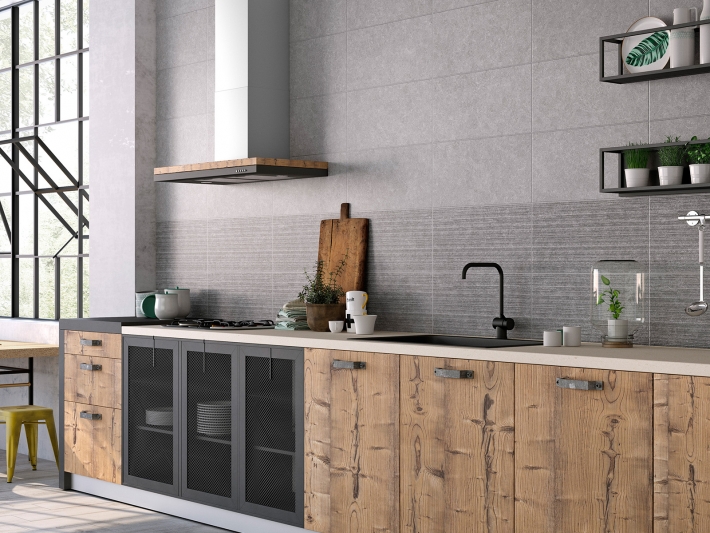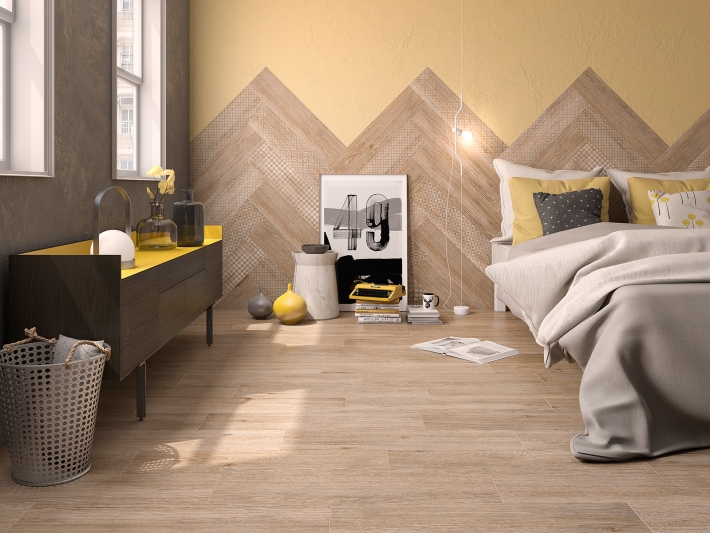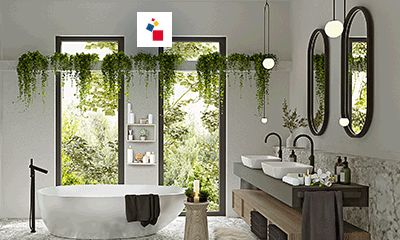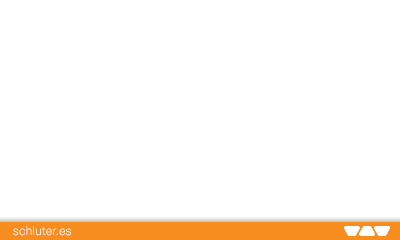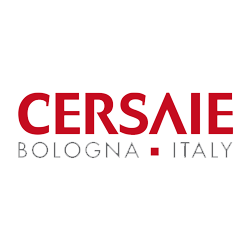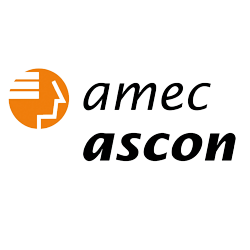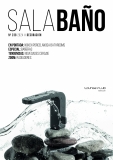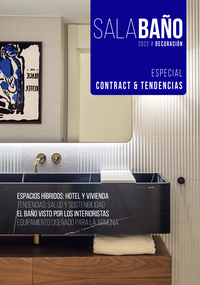Spanish Ascer Association forecasts a total sales growth of 6,5% by the closure of 2017
The total sales volume of Spanish ceramic tiles has an approximate outcome of 3.530 Million Euros
The annual balance sheet of Ascer, the Spanish Ceramic Tile association confirms the moderate growth expectation of the Spanish tile industry, by the time of closing of the fiscal year 2017. It will be the fifth consecutive year, celebrated with a positive data output, after some severe crisis years the sector went through after the construction bubble in Spain exploded. Ascer has requested more backing and direct effective support measures from the government Administration, to face the forthcoming year 2018, that presents itself with a number of uncertainties.
Based on the latest figures and data available, corresponding to the past month of September 2017, Ascer have indicated that exports of Spanish tiles will exceed 2,700 million euros and sales in the domestic market will grow above 820 million euros. The total sales amount will be close to 3,530 million euros, representing an increase of 6.5% compared to the previous year 2016. Further analysis shows that production will display a final growth figure of 5.5% in 2017, compared to the previous period and a total production of 525 million of square meters, a figure that according to the Vice President of the Ascer association, Mr Juan Francisco Ramos, is "still far away from the 600 million square meters achieved back in 2007".
Further, according to Mr Ramos, 2017 has been a year "with lights and shadows", since exports to America have increased by 23'3%, also to Asia by 2% and to countries of the European Union between 7 and 8%. But in contrast, export sales to the African continent fell by 20%, due to the situation of the countries of the Mediterranean, where there has been a sharp percentage drop of 10%. On the other hand, price levels have increased slightly - by 1.3% - and now stand at an average of 6.59 euros per square meter. Despite the growth, according to Ascer, these price levels are still "low if we compare them with the competing manufacturing countries". In a final note about the situation of the markets of destination of the Spanish ceramic products, Ascer indicates markets have grown. In the case of the North-American market with a figure of 24%; Italy by 15%; the Mexican market in total 33% and the Lebanese market by 17%. These figures heavily contrast with the data of the countries that traditionally import ceramic products such as Saudi Arabia and Algeria, with sharp percentage drops of 14% and 44% respectively.
